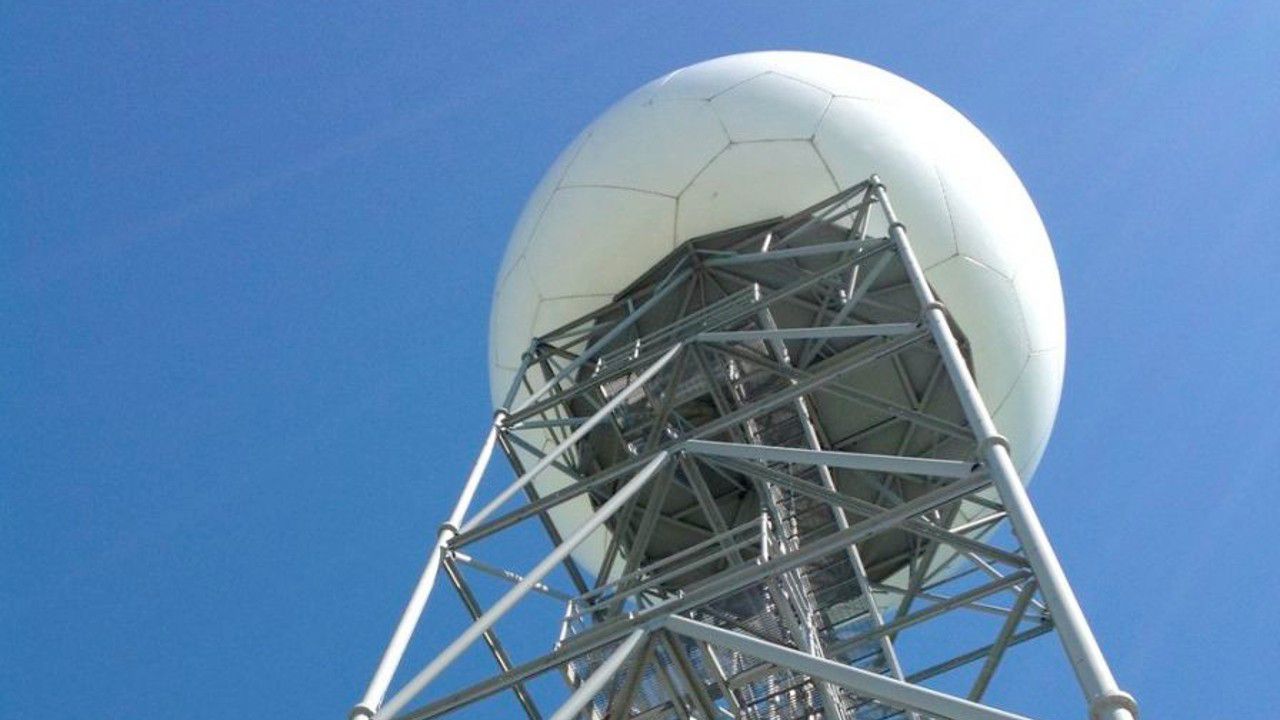From rain to snow to hail, even smoke plumes and tornado debris, radar can see a lot. But it can also spot things that aren’t weather.
Weather radar works by sending out pulses of energy, which angle upward into the sky and sometimes reflect off something like a raindrop or snowflake.
It’s not unusual, though, for those pulses to bend back toward the ground (especially between dusk and dawn), and that’s when we see things that definitely aren’t precipitation.
Some call them fishflies. Others call them mayflies. Still others probably call them things we shouldn’t print in this story. Regardless, they’re a short-lived insect that hatch from some rivers and lakes in the summer in such huge numbers that radar has no problem seeing them.
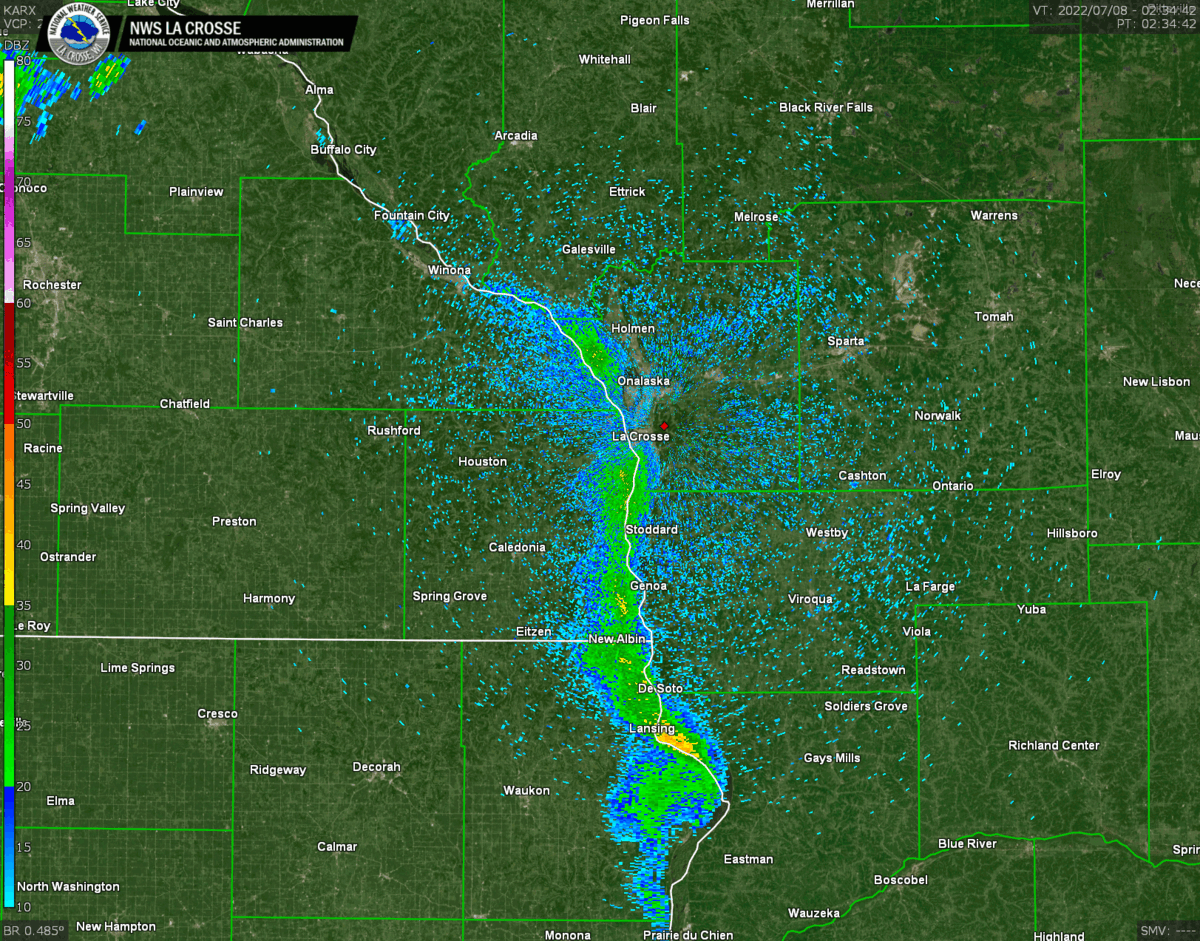
Other insects can also appear, like these ladybugs in southern California.
Radar sometimes sees thousands of bats and birds taking off in all directions at dusk or dawn, respectively. They appear as an expanding donut shape.
With birds, that phenomenon is called a roost ring. The Green Bay, Wis. National Weather Service (NWS) radar caught this one in 2006.

You might have also noticed a strange spike pointing northeast on a couple of frames... we can explain that one, too.
Radar can even see sunrise and sunset! Check out this time lapse of the evening sun spike from the Des Moines, Iowa NWS radar over the course of a year. The spike shifts because the sun’s position changes with the seasons.
When the radar’s dish points directly at the sun, the sun’s electromagnetic energy hits the dish. The radar detects this energy and shows it, since it doesn’t know that energy came from the sun, not itself.
Wind turbines may be tall, but they certainly don't reach as high as thunderstorms. Even so, when radar beams reflect down to the ground, wind farms show up as bright spots on the radar display.
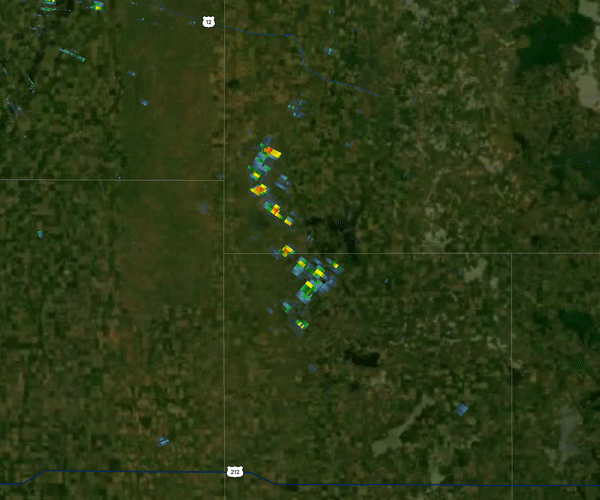
Police officers use radar to clock drivers’ speeds using the same technology as meteorologists, just in a much smaller version. But it’d be ridiculous to spot traffic with a weather radar, right? Yes, but that doesn’t mean we still can’t.

The Davenport, Iowa NWS radar is just one that often captures car and truck traffic on nearby Interstate 80. It doesn’t see individual vehicles, though.
Ships are much bigger than cars and in 2013, the Duluth, Minn. NWS radar caught two of them on Lake Superior! They're the two rectangles in the middle of the lake moving away from each other in the loop below.
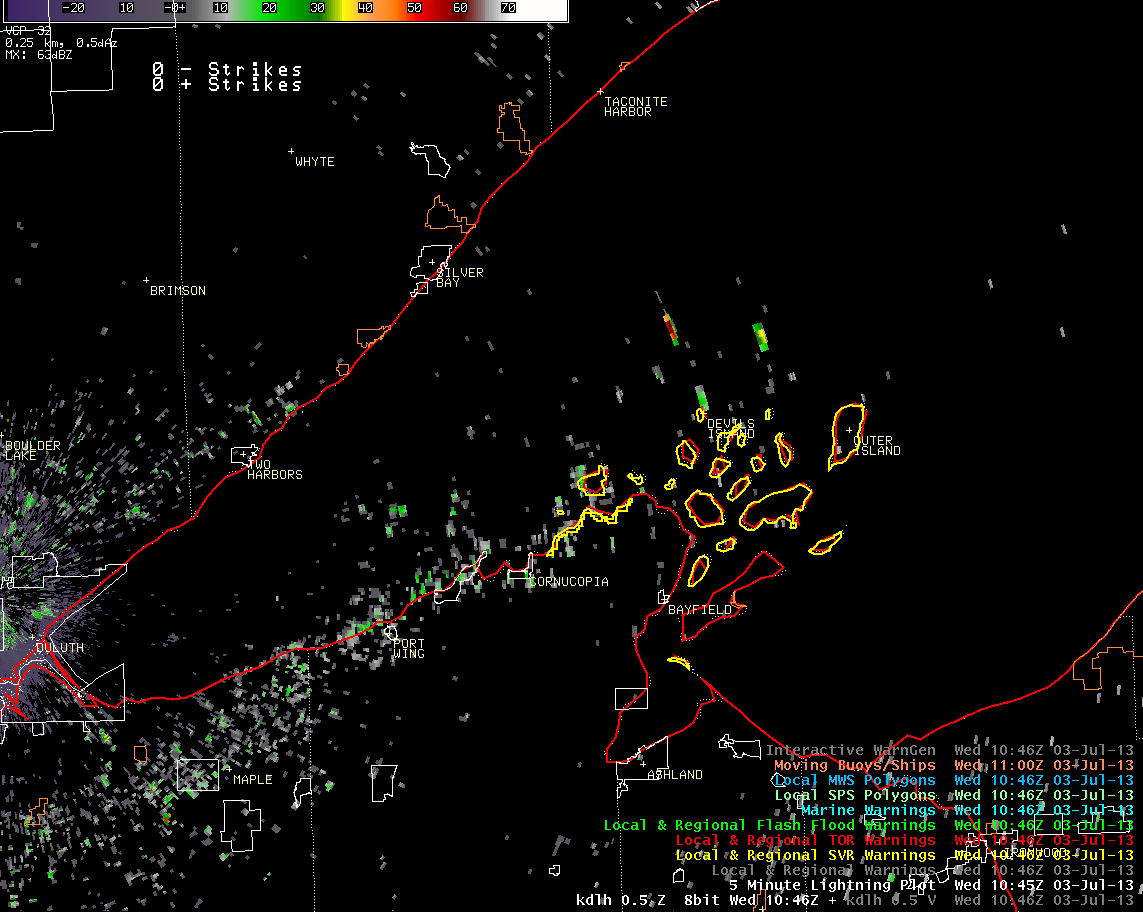
A few times, we’ve mentioned that the radar beam sometimes bends back toward the ground and sees various objects. But what if there isn’t anything interesting there, just the ground?
The answer is, in fact, what you probably suspect. It simply detects the ground, and it appears as a huge blob surrounding the radar’s location.
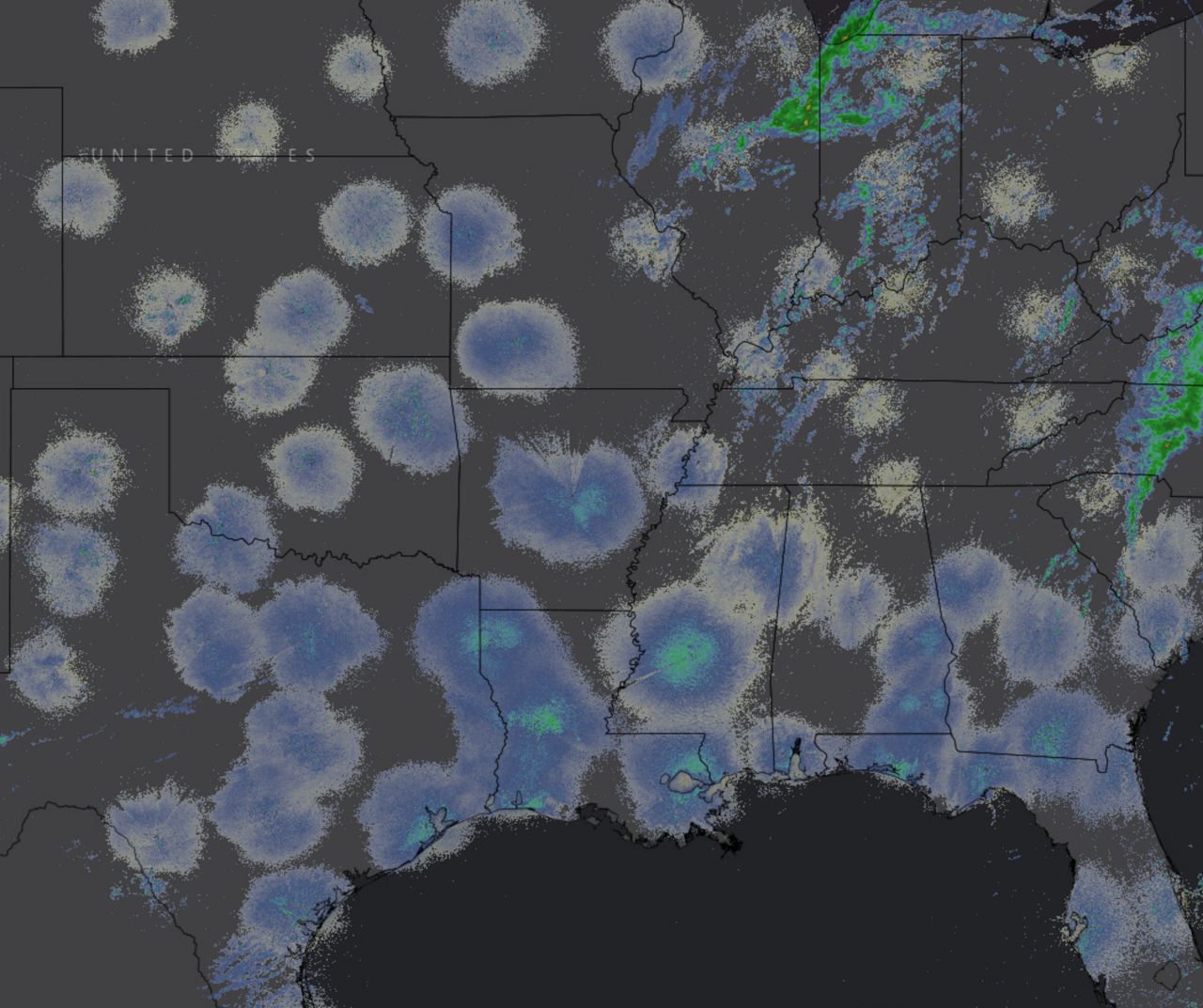
This commonly happens on calm nights when warmer air above the relatively cool ground reflects the radar’s energy downward.
Our team of meteorologists dives deep into the science of weather and breaks down timely weather data and information. To view more weather and climate stories, check out our weather blogs section.



